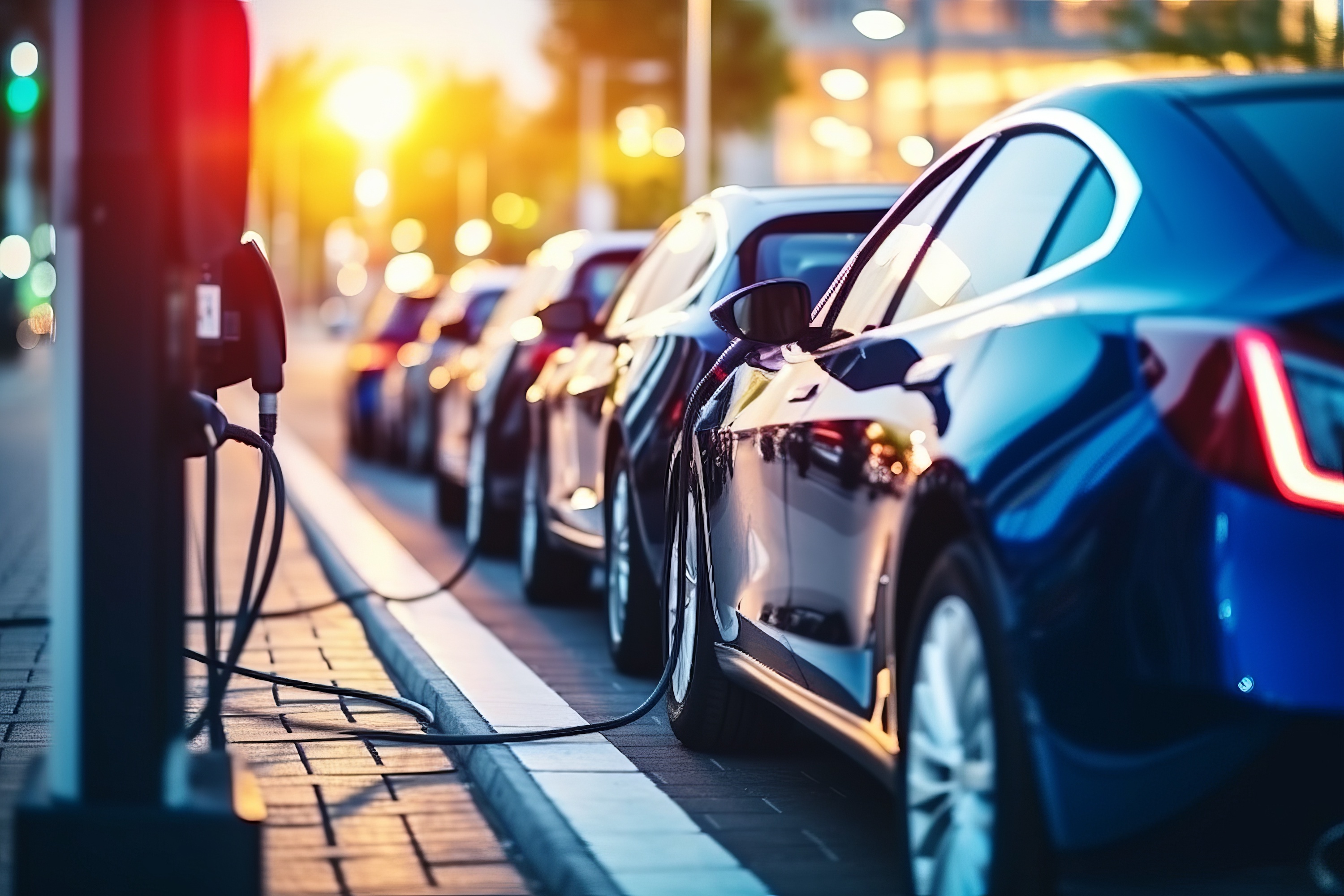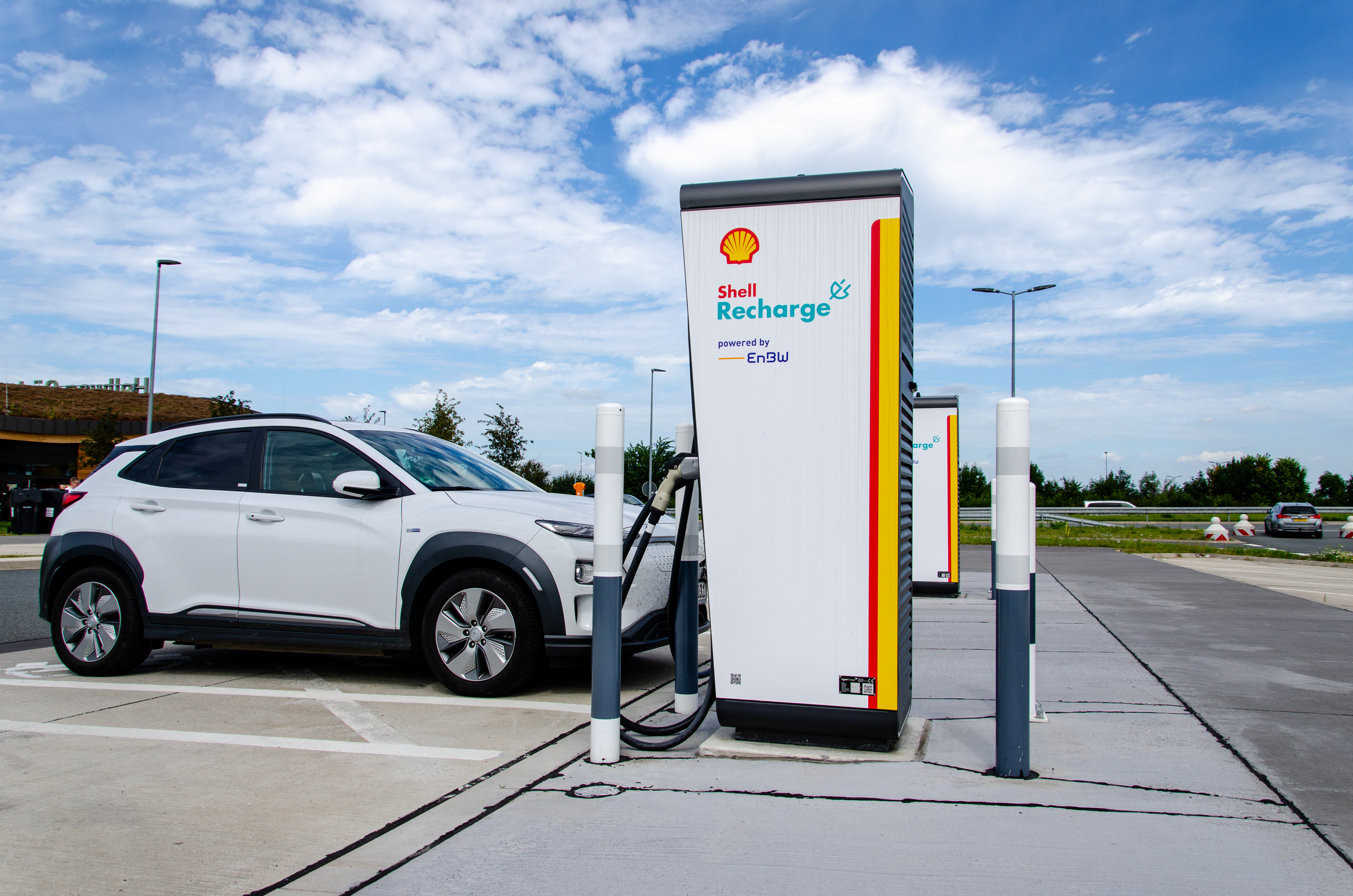EV Charging Basics

Electric vehicles (EVs) are quickly gaining popularity as a more sustainable and environmentally-friendly mode of transportation. As more people switch to EVs, the need for convenient and accessible EV charging stations also increases. In this blog post, we’ll explore the basics of EV charging, the different types of chargers, and the importance of having a robust charging infrastructure.
EV Charging Basics
Charging an EV is a relatively simple process. All you need is an EV charger, which can be installed at home, in public spaces, or at workplaces. Once your EV is plugged into the charger, it will start charging the battery. The time it takes to charge an EV depends on the type of charger and the size of the battery.
Different Types of EV Chargers
There are three main types of EV chargers: Level 1, Level 2, and DC fast chargers.
Level 1 Chargers: These are the most basic chargers and come with most EVs. They use a standard 120-volt outlet and can take up to 12 hours to fully charge an EV.
Level 2 Chargers: These chargers are more powerful than Level 1 chargers and use a 240-volt outlet. They can charge an EV in 4-6 hours.
DC Fast Chargers: These are the fastest chargers and use direct current (DC) to charge an EV. They can charge an EV up to 80% in just 30 minutes.
The Importance of a Robust Charging Infrastructure
Having a robust EV charging infrastructure is essential to support the growing number of EVs on the road. EV owners need to have convenient access to charging stations, whether they’re at home, work, or on the road. Without a robust charging infrastructure, EV adoption could be hindered, as people may be hesitant to switch to EVs if they’re worried about running out of charge and not being able to find a charging station.
Fortunately, governments and private companies are investing in building a robust EV charging infrastructure. In the United States, for example, the Biden administration has proposed a $174 billion plan to accelerate the adoption of EVs, which includes investing in a national network of 500,000 EV chargers by 2030.
Conclusion
EVs are the future of transportation, and having a robust EV charging infrastructure is essential to support their adoption. There are three main types of EV chargers: Level 1, Level 2, and DC fast chargers, and having convenient access to these chargers is crucial. With continued investment in EV charging infrastructure, we can accelerate the transition to a more sustainable and environmentally-friendly transportation system.
Phase 1 has complete solutions for EV charging from planning, equipment, and installation. Leave us a comment below or email us news@ph1c.com


